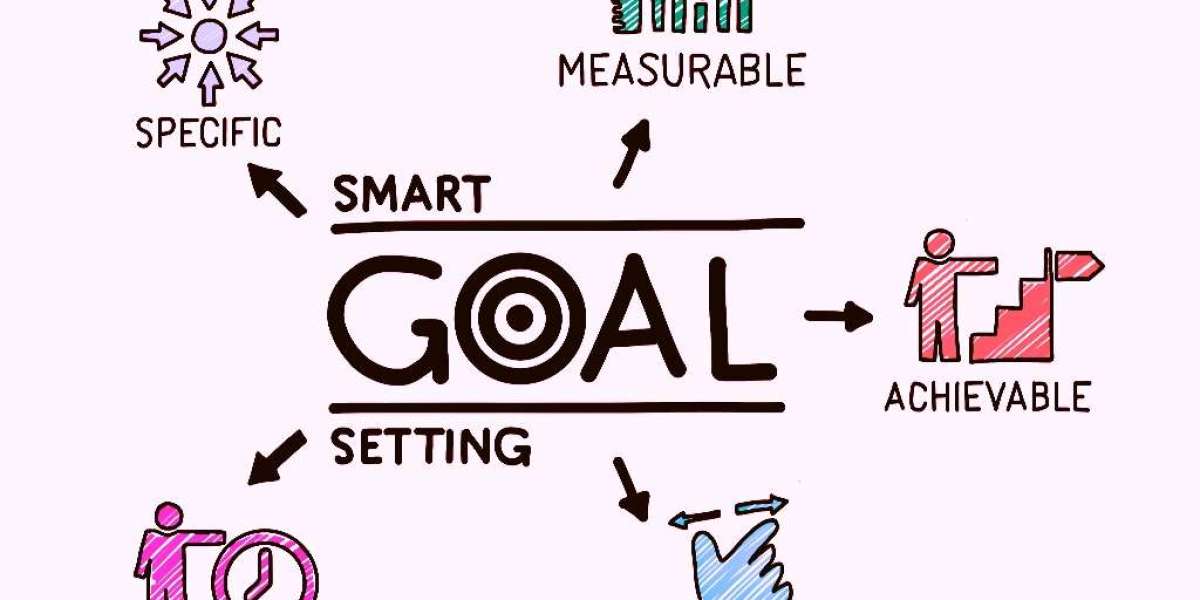Setting goals is the compass that guides us toward our desired future. However, it's not enough to simply set goals; understanding the science behind goal achievement is crucial to turning those dreams into reality. In this blog, we'll delve into the psychology and strategies that make up the science of goal achievement.
The Psychology of Goal Setting
1. The Power of Clarity: Our brains thrive on clarity. When you set clear and well-defined goals, you provide your brain with a specific target to focus on. This clarity activates the reticular activating system (RAS), which helps you notice relevant opportunities and resources that align with your goals.
2. Intrinsic Motivation: Goals that resonate with your values and interests are more likely to ignite intrinsic motivation. When your goals align with your inner desires, you experience a natural enthusiasm and persistence that propels you forward.
3. The Dopamine Effect: Accomplishing goals triggers the release of dopamine, a neurotransmitter associated with pleasure and reward. Each small achievement, like crossing off a task on your to-do list, releases dopamine and reinforces positive behavior.
Strategies for Goal Achievement
1. SMART Goals: The SMART framework—Specific, Measurable, Achievable, Relevant, and Time-bound—is a scientifically proven approach to goal setting. This method provides a clear structure that enhances your focus and motivation, making success more attainable.
2. Implementation Intentions: Research shows that forming implementation intentions, or specific plans detailing when, where, and how you will work towards your goals, significantly increases the likelihood of following through. These plans eliminate ambiguity and create mental triggers for action.
3. Visualizing Success: Visualization, backed by neuroscience, involves mentally rehearsing your success. When you vividly imagine achieving your goals, your brain lights up in ways similar to if you were physically experiencing success. This technique enhances your self-belief and primes your mind for accomplishment.
4. Chunking and Progress Monitoring: The brain processes information more effectively when it's broken into smaller chunks. Dividing your goals into manageable tasks aids comprehension and reduces overwhelm. Regularly tracking your progress triggers a sense of achievement and keeps you motivated.
Overcoming Challenges with Cognitive Reframing
1. Embracing Setbacks: Instead of viewing setbacks as failures, use cognitive reframing to see them as opportunities to learn and grow. This approach reduces negative emotions and prevents discouragement.
2. Positive Self-Talk: Research on self-talk demonstrates that using positive and self-compassionate language enhances resilience and boosts confidence. When you encounter challenges, speak to yourself with kindness and encouragement.
Recap:
Mapping your future through the science of goal achievement involves understanding the psychological mechanisms that drive our actions. With strategies like SMART goals, implementation intentions, and visualization, you can harness the power of your mind to navigate toward success. Remember, it's not just about reaching the destination; it's about the transformative journey that shapes you along the way. By integrating these scientifically-backed techniques, you're poised to take charge of your goals and shape a brighter future.









